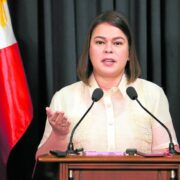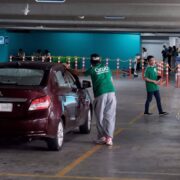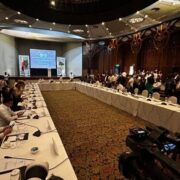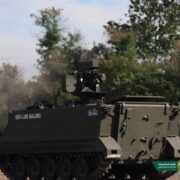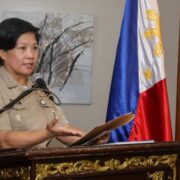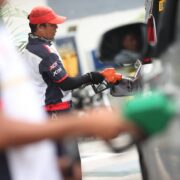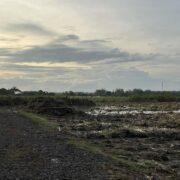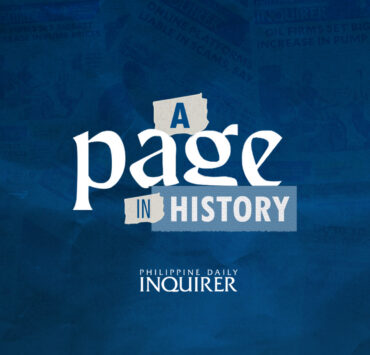Baguio’s youths brim with ideas to future-proof the city
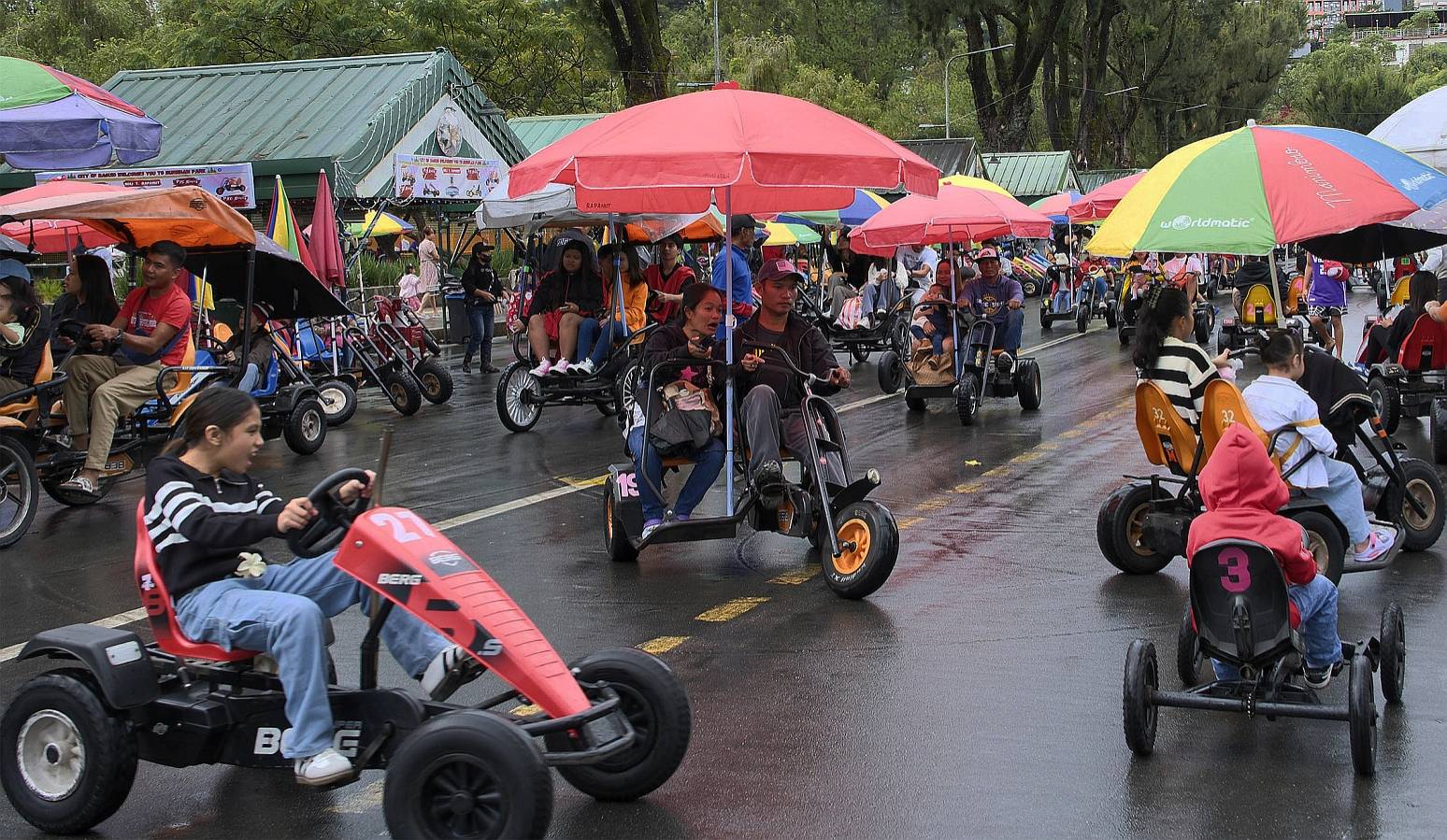
BAGUIO CITY— What if aspiring tech billionaires can design an app that not only encourages people to walk around Baguio but also makes them generate battery power from their own kinetic energy?
How about a mobile telephone artificial intelligence that helps match Benguet students with optimum scholarship programs?
These are some of the 67 potential solutions for emerging Baguio problems thought up by senior high school and university students that were collated by the city’s information technology (IT) experts towards the end of 2024.
They have many more bright ideas about future-proofing the summer capital on the road to a full-fledged automated city by 2027 and a sustainable circular economy by 2043, said Kimberly Dionisio, an IT systems analyst of the Management Information Technology Division, which is under the Office of Mayor Benjamin Magalong.
Many of these ideas were introduced by the city’s youths in a series of “smart city challenge” competitions during the last quarter of 2024, that culminated in a final pitch session held on Dec. 11, Dionisio said.
The students who took part in the challenge were from the Baguio City National Science High School, Philippine Science High School Cordillera, University of Baguio (UB), University of the Cordilleras (UC), University of the Philippines Baguio and the Saint Louis University (SLU), all in Baguio City; and Benguet State University and the Cordillera Career Development College in neighboring La Trinidad town in Benguet.
The smart city challenge was inspired by variations across the globe of initiatives for technological and innovative solutions to urban problems, said Dionisio, who was part of the team that oversaw Baguio’s creative pitch sessions beginning in September.
Smart city goal
Since 2019, Baguio embarked on becoming a smart city by putting together infrastructure that would automate key public services like mass transportation, disaster and emergency response, security and waste management.
Funded initially with a P200-million allocation from then President Rodrigo Duterte, the city built a smart city command center that has provided real time data regarding motorist behavior, traffic flow, geological hazards and areas with frequent crimes to help government experts curb Baguio’s descent to urban decay. A 2019 study estimated that the carrying capacity of Baguio resources like water, forest cover and land space have been breached due to overcrowding and overdevelopment.
Dionisio said most of the youth’s ideas dealt with poor Baguio traffic flow, “which appeared to be the bigger social issue affecting students today.”
But there were also ideas that aim to solve deforestation, low reading and mathematics aptitude among youths and poor health, she added.
Solutions
All of the ideas included cost estimates and their investment potentials, Dionisio said, because the concepts – if executed – need to be sustainable.
The participants used textbook engineering concepts, the latest trends in environmental sciences, social behavioral theories and “what’s currently available in the cyber market” to design solutions, Dionisio said.
For example, UB students Aaron Sese, John Ross Sabado, Zschairail Balanza and Shekinah Sotero conceived of a horse-shoe shaped “wearable device” that allows blind people to better navigate the streets or function in work spaces by tapping the GPS (Geographical Information System) and the RFID (radio frequency identification) network.
The city government had installed yellow tactile pavements on many sidewalks that provide directions to blind and elderly pedestrians who rely on walking sticks. But the UB team at last month’s pitch session believed it was not enough for the city’s visually-impaired community, who are likely to be disoriented or lost without the automated navigational assistance of their conceptual device called “Third Eye.”
Meanwhile, UC computer engineering students Louwen Kate Esway, Junyl Gonzales, Jamasia Elopre and Harvey Basinga proposed the installation of sidewalk and roadside pavements made up of European piezoelectric crystals instead. Called piezo walkways, this material harvests electricity generated by each step made by an individual.
Billed as an alternative energy source that can power up street lights, the piezo walk could also be marketed as an environmental incentive for tourists and residents who walk instead of drive their personal vehicles, thereby reducing Baguio’s carbon footprint, the UC students said at the pitch session.




